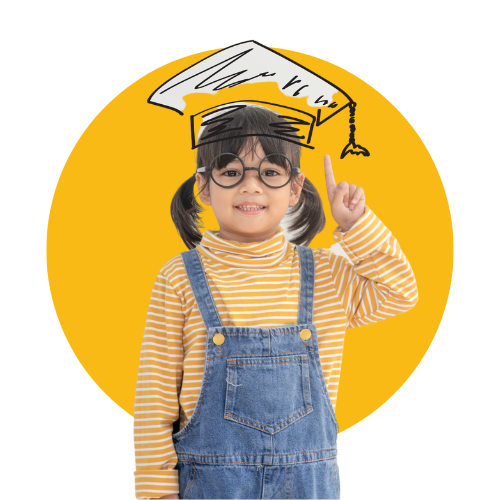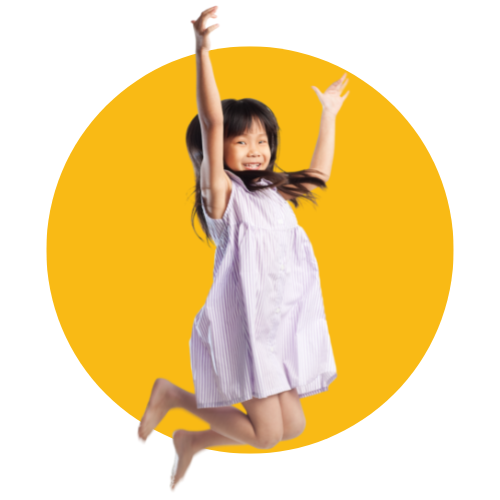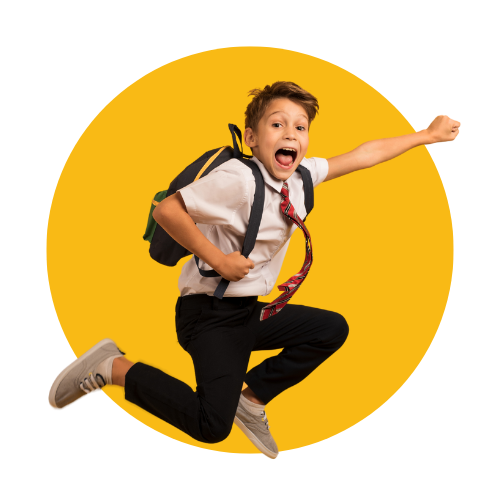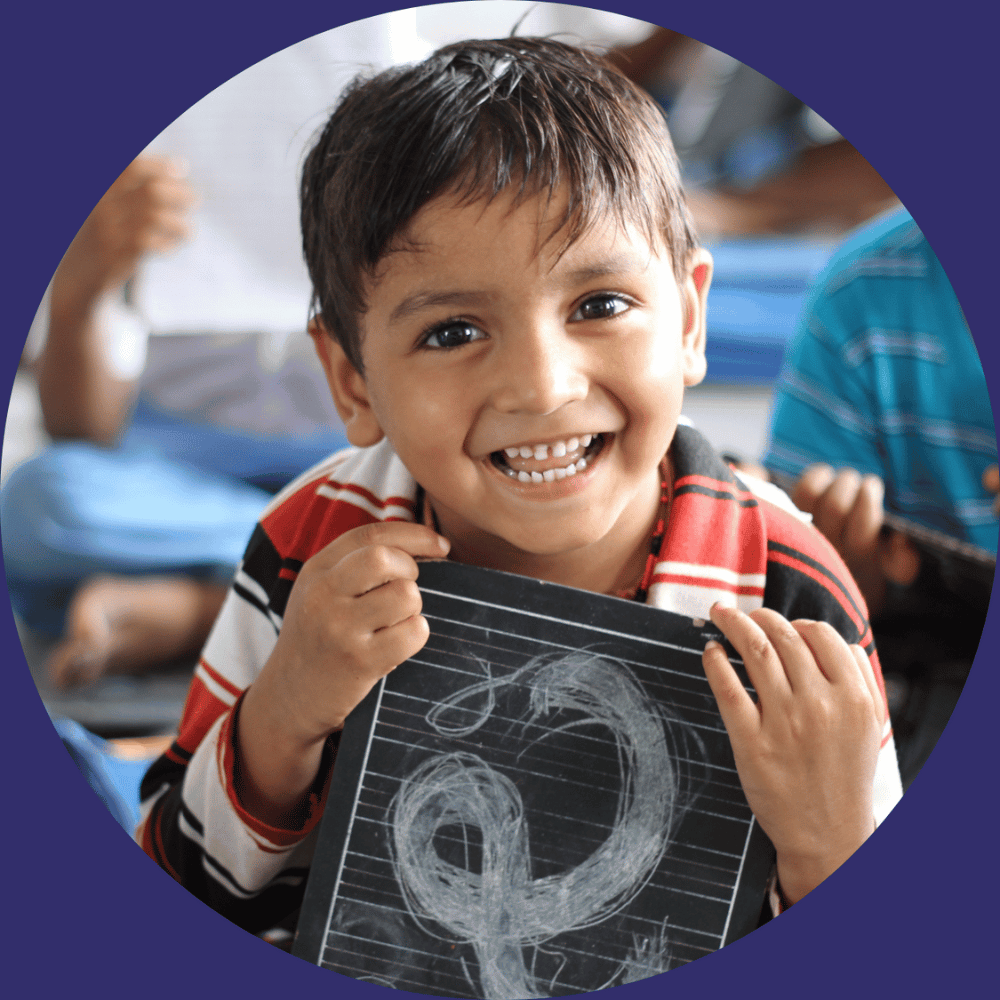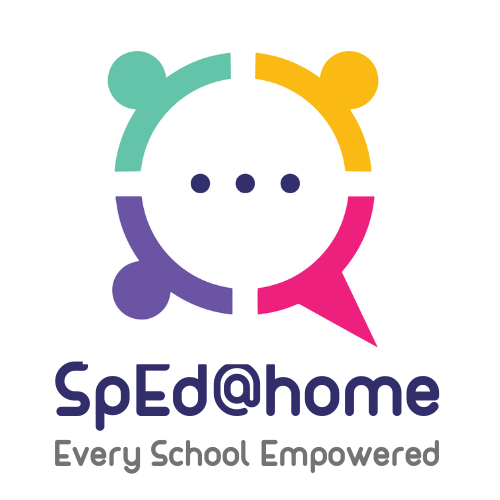Traditional classrooms are slowly adopting strategies to accommodate the needs of children with learning disabilities. One of the most common learning disabilities is Dyslexia. If you are unsure about how to identify the symptoms of Dyslexia in a child, read on.
Dyslexia is typically described as a learning disorder that affects a child’s ability to read, write, and recognize the sounds of certain letters. Identifying Dyslexia at an early age can prove to be beneficial to the child as it becomes possible to start treatments early, allowing the child a head-start into managing their symptoms.
Observable signs and symptoms of Dyslexia in the classroom:
- Inconsistent spelling mistakes. A child may spell the same word differently throughout the day.
- Changes in the letter shape.
- Lack of concentration when reading. Omitting words when reading aloud.
- Trouble distinguishing similar letter sounds.
- A slower pace of learning words as compared to other students.
- Problems with recollection of recurring words.
- Trouble expressing thoughts clearly, verbally.
- Trouble pronouncing words.
The ones listed above are the most commonly observed signs of Dyslexia which impacts a child’s learning in a traditional classroom. Besides the trouble faced when learning, children with Dyslexia also display behavioral symptoms. Early intervention can help children with Dyslexia cope with and manage their symptoms. Behavioral signs of Dyslexia may include the following:
- Isolating from friends and classmates.
- Loss of interest in classwork and homework.
- Poor comprehension;
- Acting out in classrooms.
- Unable to sustain relationships with friends and family due to being unable to clearly express their discomfort.
The behavioral issues may reflect poorly on any student’s character. They may be deemed lazy and uninterested but by looking at these symptoms and understanding that these may be signs of a learning disorder can help these children get diagnosed in time.







